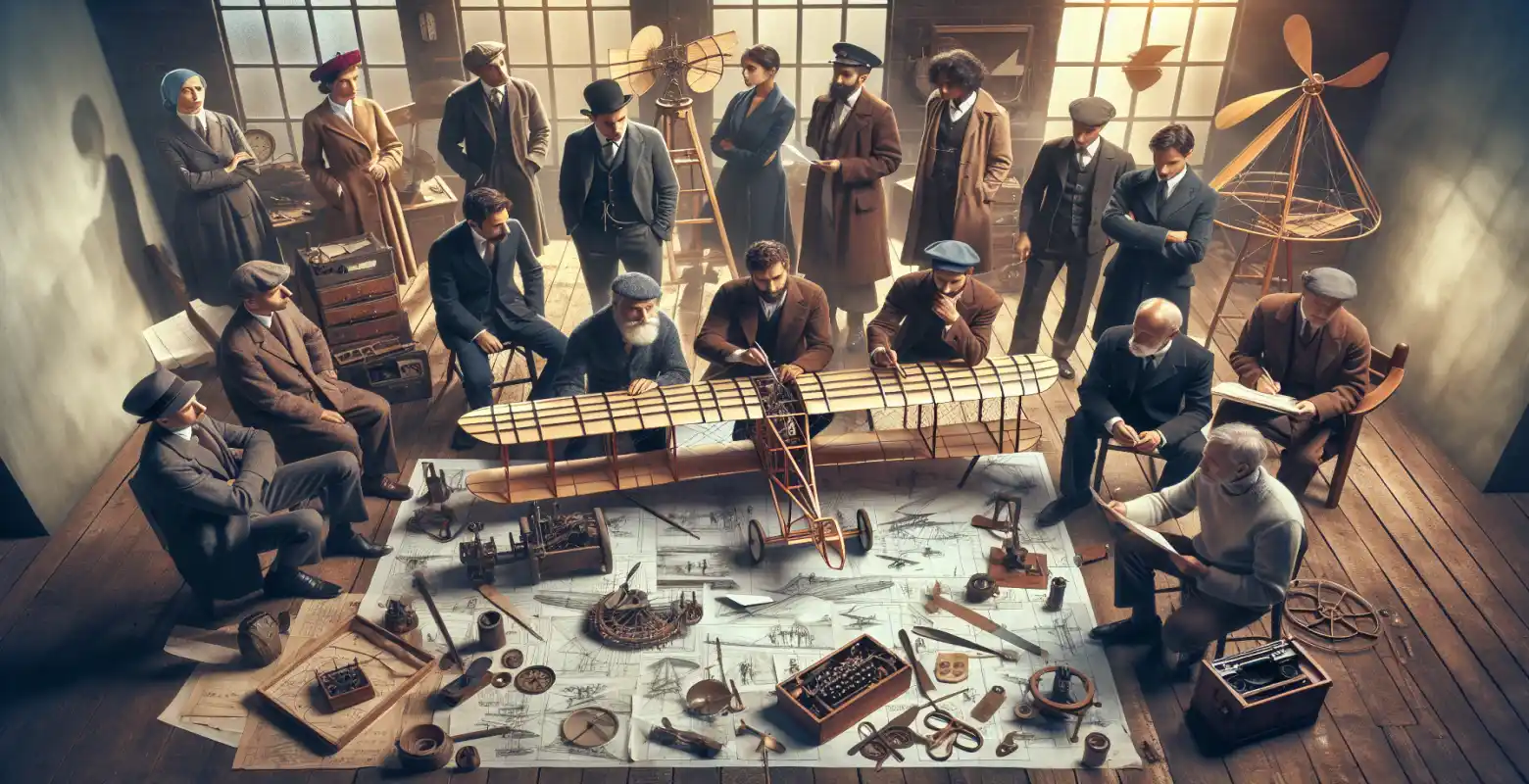Key Figures in Aviation History – Pioneers and Inventors
Introduction
Aviation, as one of the most dynamically developing fields of technology, has its roots in the visions and efforts of pioneers who dared to dream of flying. Their work and discoveries shaped how we travel today, revolutionizing transportation on a global scale. Understanding the history of aviation and learning about the figures who contributed to its development is key to appreciating contemporary achievements and future innovations in this field.
The Wright Brothers – The Beginnings of the Aviation Era
Orville and Wilbur Wright are widely recognized as the creators of the first fully controlled airplane. In 1903, in Kitty Hawk, North Carolina, their Flyer I took to the skies, marking the beginning of a new era in travel. The key to their success was not only the aerodynamic design but also the application of a control system that allowed full control over the flight.
Alberto Santos-Dumont – European Aviation Pioneer
Brazilian Alberto Santos-Dumont played a crucial role in the development of aviation in Europe. His 1906 flight on the 14-bis in Paris proved that heavier-than-air machines could fly, sparking immense interest and accelerating work on subsequent designs.
Amy Johnson – Pioneer in Women's Aviation
Amy Johnson, a British aviator, was one of the first women to gain international recognition for her achievements in aviation. Her solo flight from England to Australia in 1930 inspired many women to pursue careers in this male-dominated field.
Charles Lindbergh – Groundbreaking Transatlantic Flight
In 1927, Charles Lindbergh became the first person to fly solo and non-stop across the Atlantic. His flight on the Spirit of St. Louis from New York to Paris was not only a technological achievement but also an event that significantly increased interest in aviation worldwide.
Wernher von Braun – Rocket Visionary
Although better known for his work on rockets, Wernher von Braun had a significant impact on the development of aviation. His visions and work on rocket technology laid the foundations for future space travel, showing how closely aviation and space exploration are linked.
Conclusion
The history of aviation is a tale of courage, innovation, and the relentless pursuit of pushing boundaries. Pioneers like the Wright brothers, Santos-Dumont, Amy Johnson, Charles Lindbergh, and Wernher von Braun not only contributed to technological development but also inspired generations to dream of flying and reaching for the stars. Understanding their contributions allows us to better appreciate today's aviation and its future.






Number of comments: 0